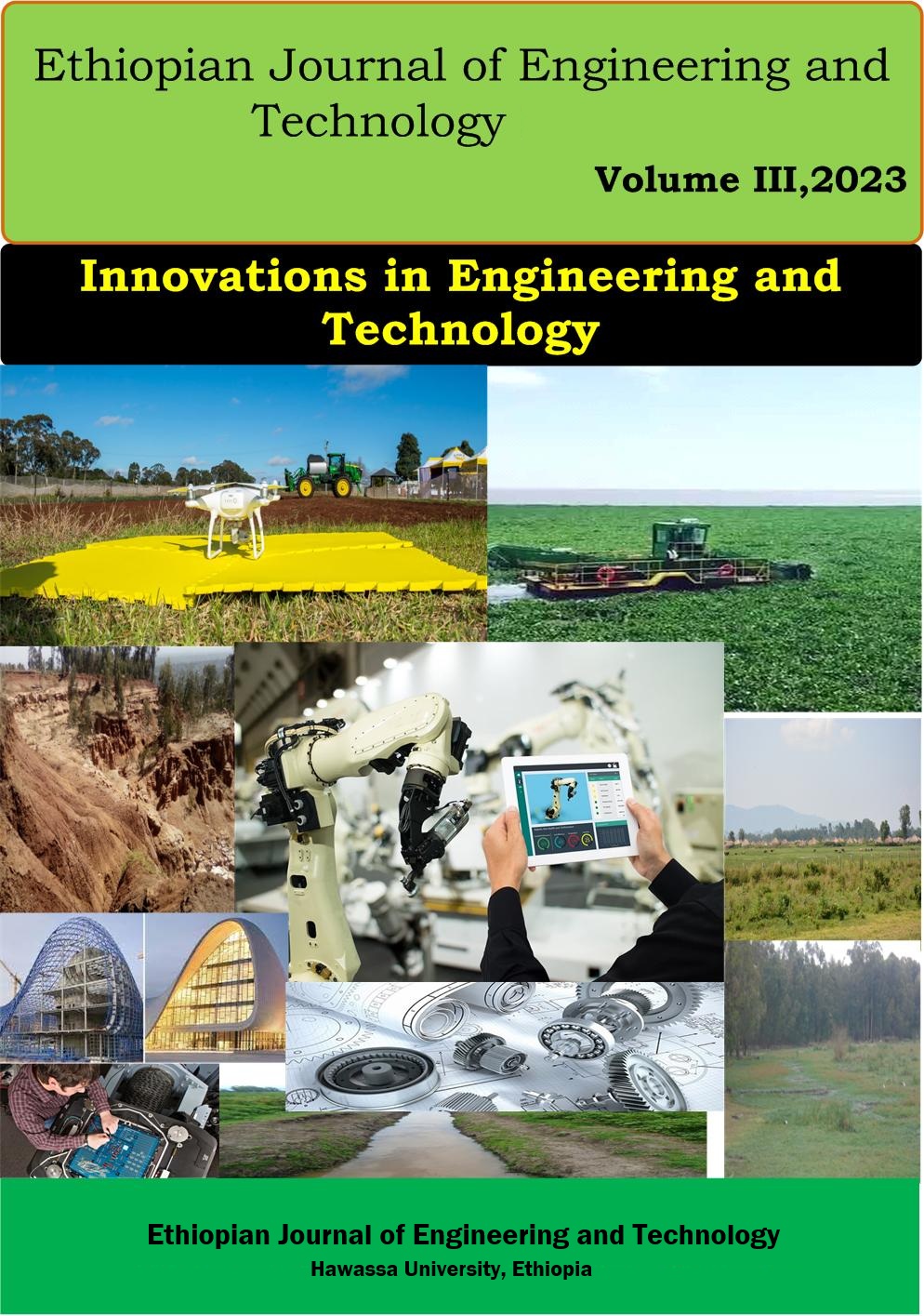Investigation of Machine Learning Models for Foodborne Disease Classification
DOI:
https://doi.org/10.82127/e5br2b65Keywords:
Disease Classification, Disease Prevalence, Machine Learning Model, Stacking ensemble learning method, foodborne DiseaseAbstract
Foodborne disease is a disease that has a high prevalence in low- and middle-income countries around the world. There are many people affected by foodborne disease in Ethiopia, due to various causes. There are high burdens of infection; the control of most foodborne diseases in Ethiopia is in its infancy due to a lack of knowledge, medication and technology that can support healthcare professionals for better diagnoses. Machine learning applications in the healthcare and biomedical domain are popular for the early detection of diseases and help to make a better diagnosis. Machine learning models can learn from past data, identify patterns and make decisions with a minimal human intervention. Though there are studies that apply machine learning for medical diagnosis and other fields there is a lack of study conducted to classify the foodborne diseases which are common in Ethiopia. This study focuses on foodborne diseases by selecting some of the prevalent foodborne illnesses in Ethiopia in consultation with medical experts. To achieve the objective of the study the researcher used an experimental research design. Data is collected from two Hospitals. Python programming and libraries are used to perform most of the research activities such as data pre-processing, analysis, model training, and testing. After preprocessing the collected data, the researcher trained a model using state-of- art machine learning algorithms including Decision Tree, Random Forest, XGBoost and Stacking ensemble learning method. Based on the experiment conducted, the Stacking ensemble learning method model outperforms the others with an accuracy of 98.1%, followed by Random Forest, XGBoost, and Decision Tree with accuracy of 97.5%, 96.9%, and 96.5% respectively. The result obtained by the study depicts that, the Stacking ensemble learning model is suitable for diseases classification.

